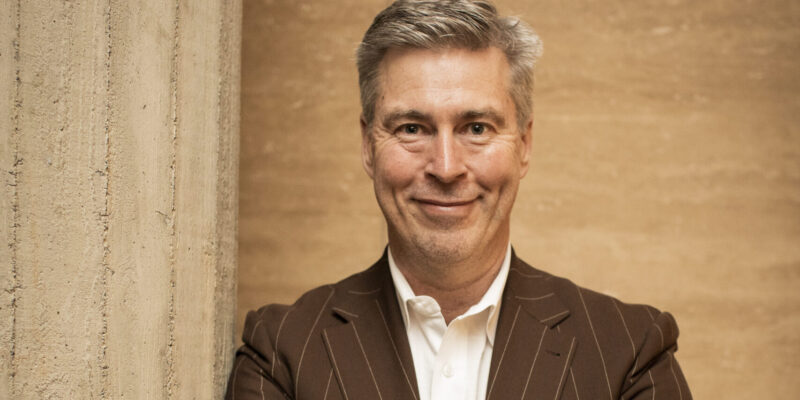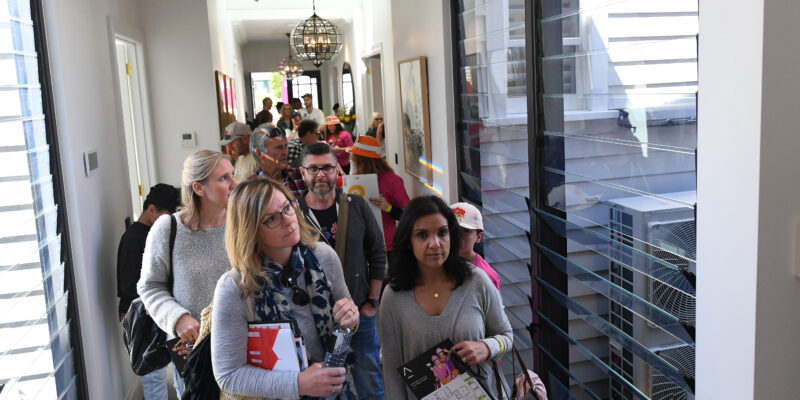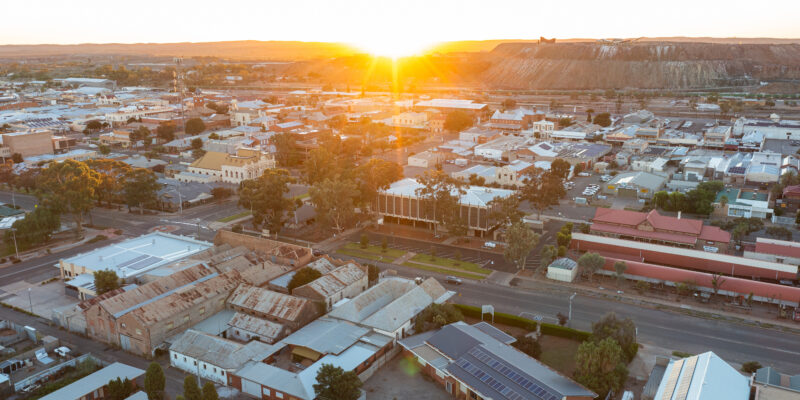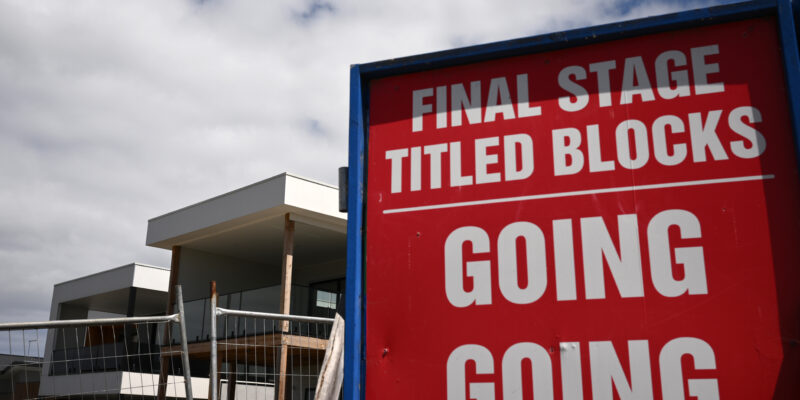Taxing foreign capital will stall house building target
Apartment building has halved over a decade as creeping taxes have added up to an additional $160,000 to new dwellings.

ADDING punitive taxes to foreign investors is a nail in the coffin of the National Accord’s plan for 1.2 million homes over five years.
That’s the verdict of Housing Industry Association chief economist Tim Reardon who has made a passionate against argument against policies penalising those bringing foreign capital into Australia.
“A central driver of deteriorating affordability is the imposition of restrictions on capital investment in home building in the face of rapid population growth,” he said.
“Australia cannot build 1.2 million new homes in five years while taxing the capital that is necessary to build those homes.
“Foreign capital has been miscast as a threat, when it is a lifeline to housing supply.
“Foreign capital, as opposed to international students, increases housing supply without any increase in demand.
“The combination of surging migration and stagnant home building that is constrained by poor policy design has left Australia in a housing deficit.
“Reversing the foreign capital exodus is not only a rational economic choice, it is also essential to delivering the homes Australians need.”

Reardon says that the imposition of state taxes has contributed to a halving of apartments since 2016.
- Victoria was the first to introduce foreign investor surcharges, including a 3 per cent stamp duty surcharge in 2015, which has progressively been increased to 8 per cent, and a land tax surcharge introduced in 2016 at 0.5 per cent, progressively increased to 4 per cent.
- New South Wales: introduced a 4 per cent stamp duty surcharge in 2016, progressively increased to 9 per cent by 2024; and a land tax surcharge increased in 2016 at 0.75 per cent, progressively increased to 5 per cent.
- Queensland: Stamp duty surcharge introduced in 2016 at 3 per cent, progressively increased to 8 per cent; land tax surcharge introduced in 2017 at 1.5 per cent, progressively increased to 3 per cent.
- South Australia and Western Australia have stamp duty surcharge currently sitting at 7 per cent, introduced in 2017 and 2019 respectively.
- Tasmania has a stamp duty surcharge, introduced in 2018 at 3 per cent, progressively increased to 8 per cent; and a land tax surcharge introduced in 2022 at 2 per cent.
- The Australian Capital Territory has a land tax surcharge of 0.75 per cent, introduced in 2018.
Adding in fees from the Foreign Investment Review Board, in practical terms, these surcharges translate into more than $160,000 in taxes and fees on a typical new dwelling in New South Wales and more than $130,000 in Victoria






